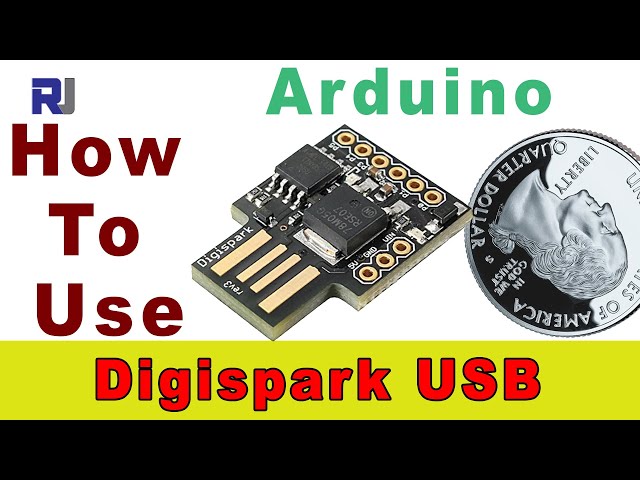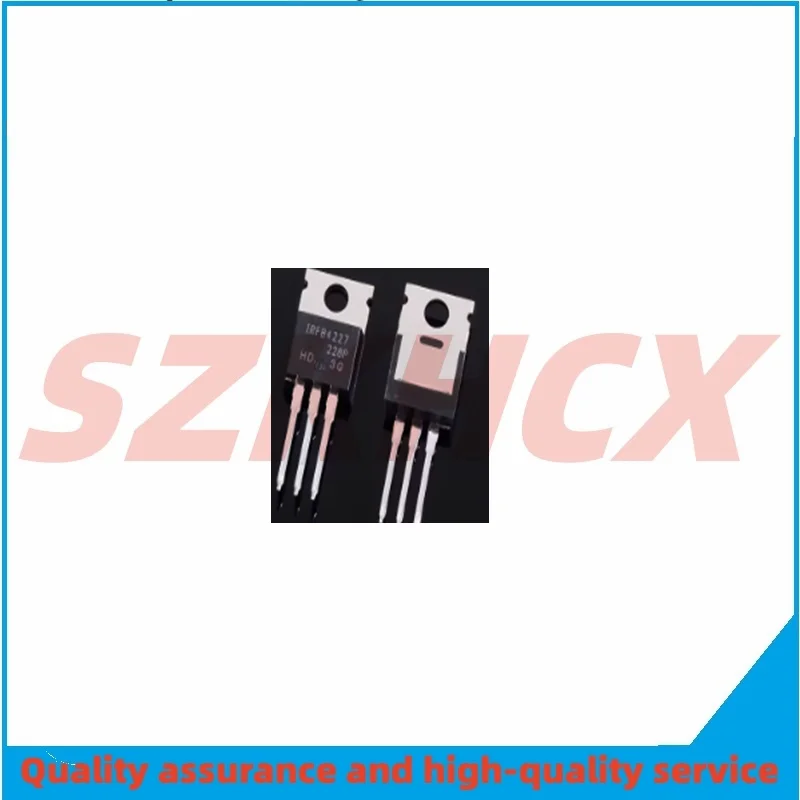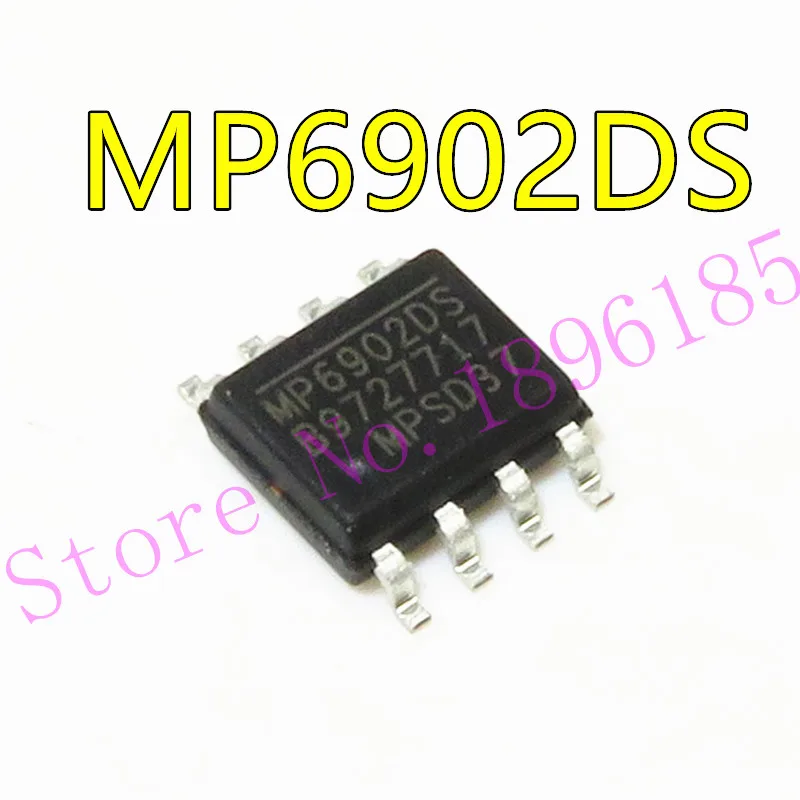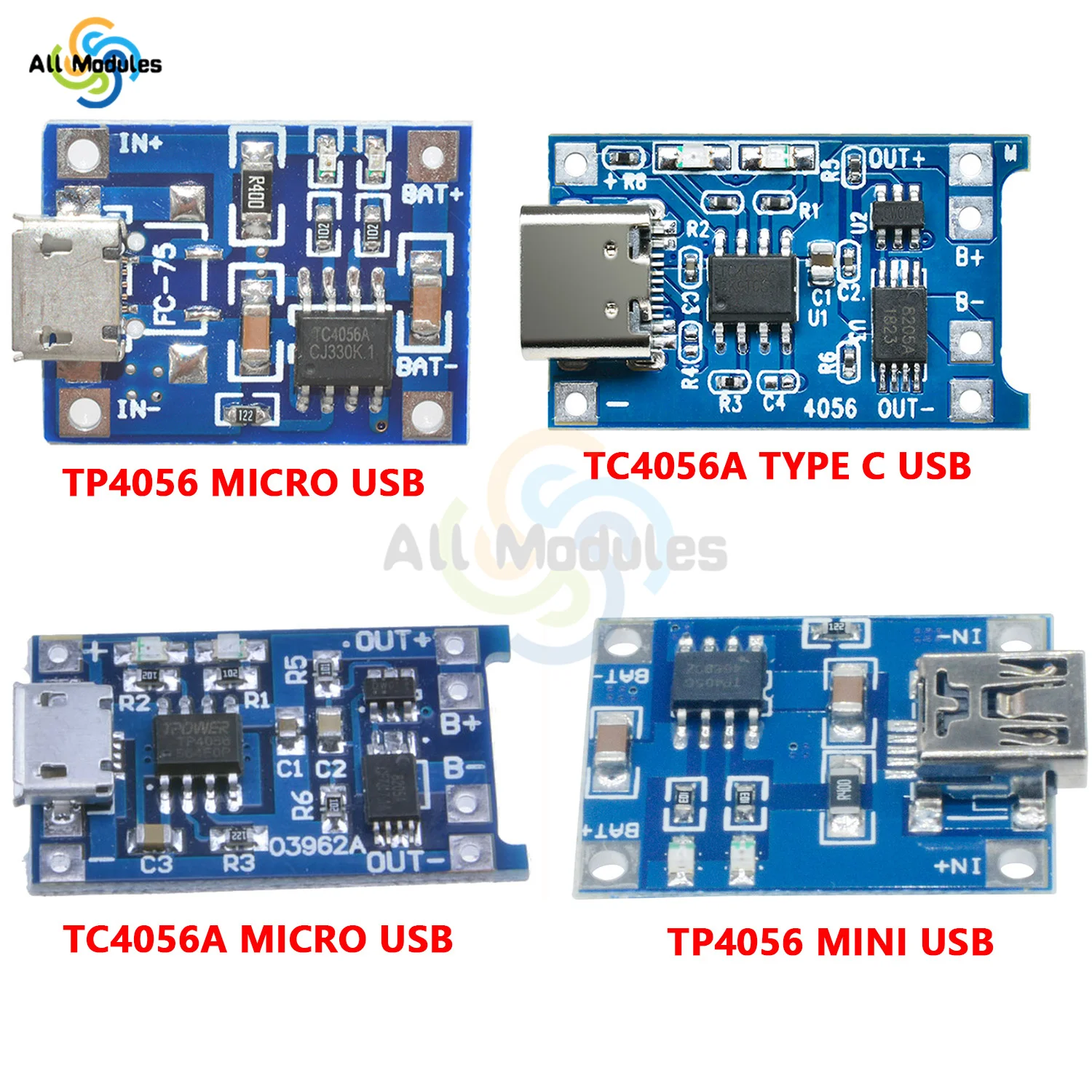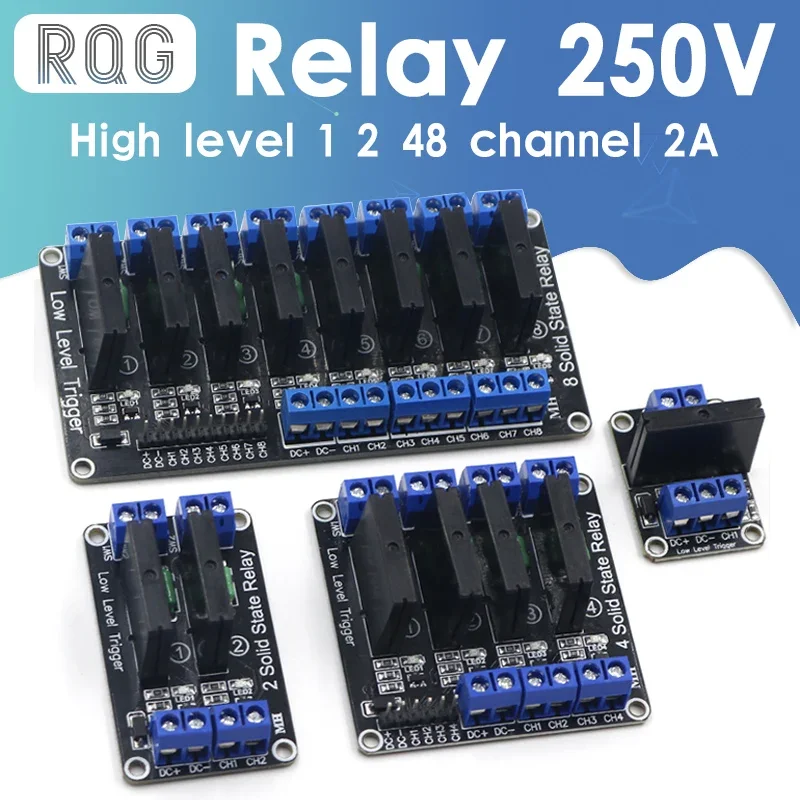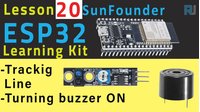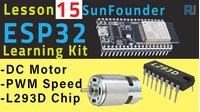Start Using a Digispark USB ATtiny85 Arduino Board
```htmlStart Using a Digispark USB ATtiny85 Arduino Board
This guide provides a comprehensive introduction to the Digispark USB ATtiny85 Development Board, a compact and versatile Arduino-compatible platform. Its small size, low power consumption, and compatibility with the Arduino IDE make it ideal for a wide range of projects.
Here are some project ideas to get you started:
- A miniature wearable LED display
- A tiny, remote-controlled robot
- A compact USB keyboard or mouse
- A small, low-power sensor node
Hardware/Components
The Digispark board features six general-purpose input/output (GPIO) pins, including four analog inputs and several pins capable of Pulse Width Modulation (PWM). It also has an onboard power LED and a separate test LED connected to pin 1. The board is powered via USB or an external power source up to 16V, which is regulated down to 5V by an onboard voltage regulator. (in video at 02:11)
%%WIRING%%Wiring Guide
The Digispark comes with pin headers that need to be soldered on. (in video at 01:22) Make sure to align the headers correctly before soldering. Pin 1 is crucial as it controls the onboard test LED.
Code Explanation
While no code snippets were explicitly provided, the video demonstrates a simple blink sketch to test the board's functionality. The key elements of the code are:
pinMode(1, OUTPUT); // Sets pin 1 as an output to control the LED (in video at 11:55)
digitalWrite(1, HIGH); // Turns the LED ON (in video at 12:07)
delay(1000); // Keeps the LED ON for 1 second (1000 milliseconds) (in video at 12:13)
digitalWrite(1, LOW); // Turns the LED OFF (in video at 12:20)
delay(1000); // Keeps the LED OFF for 1 second
The LED_BUILTIN constant, commonly used in Arduino code, should be replaced with 1 to target the Digispark's test LED. The delay() function controls the blink rate. (in video at 10:50)
Live Project/Demonstration
The video demonstrates uploading the blink sketch to the Digispark. A key point to note is the upload process: after compiling, the Arduino IDE prompts you to plug in the Digispark. It then uploads the code via USB. (in video at 11:24)
Chapters
- [00:00] Introduction to the Digispark
- [01:08] Hardware Explained
- [04:35] Specifications, Schematics, and Datasheet
- [08:46] Arduino UNO Setup
- [10:35] Arduino Running Code Demonstration
Resources & references
-
ExternalUsing an LCD with a Digisparkyoutu.be
Files📁
No files available.
